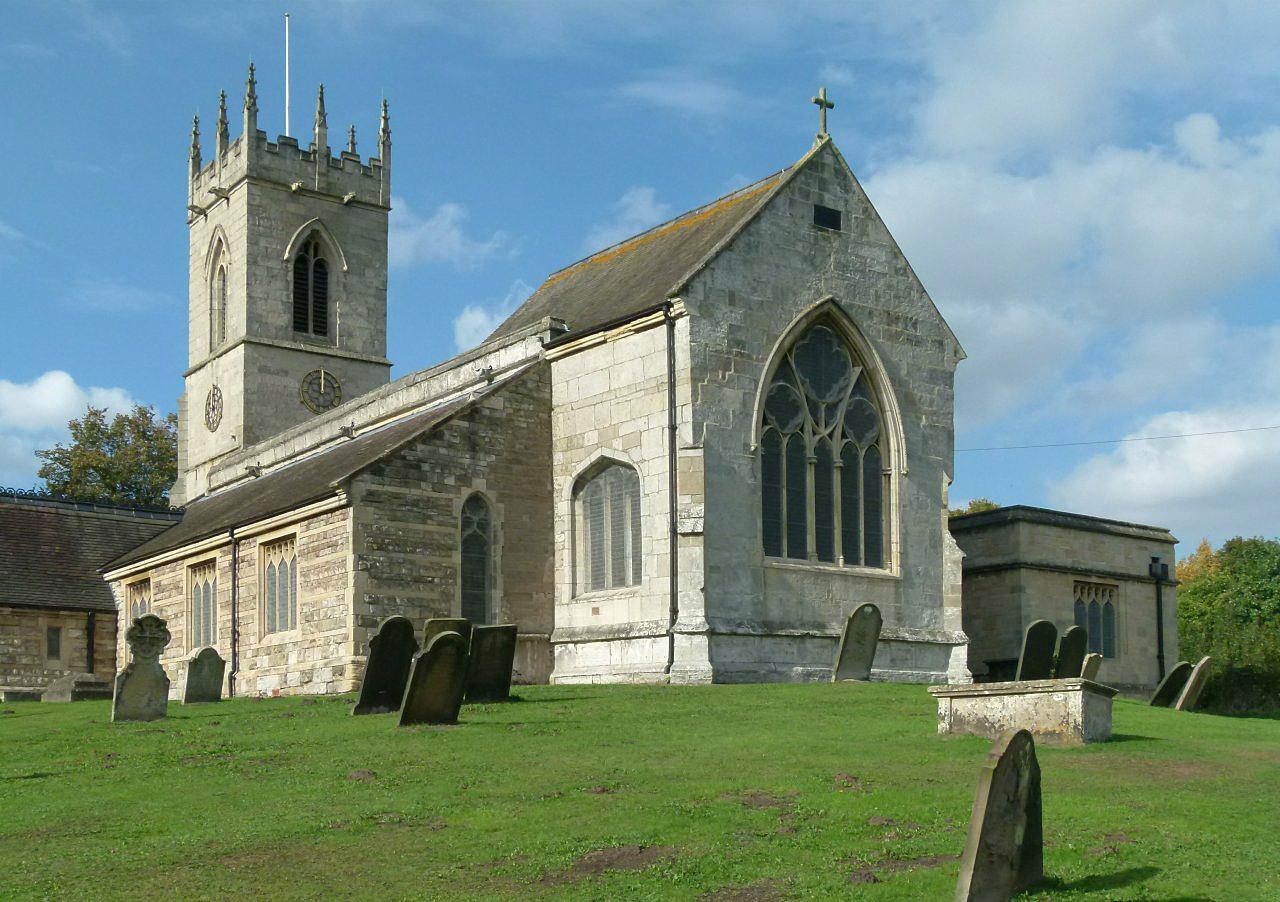All Saints
Babworth, Nottinghamshire
Welcome to our quintessential English parish church, surrounded by greenery and lovingly cared for it has been described as ‘the church among the trees’ and certainly lives up to visitors expectations!

This quaint 13th century church stands at the heart of the historic parish of Ordsall and is visible over the river Idle for a scenic stroll and view.
Ordsall, Nottinghamshire
The first impression is homeliness, The building has breadth and short length.
Although no church is mentioned in the Doomsday book we do know that the church is a very old one. Sited on rising ground above a ford on the river Idle, there has been a church on this site for many hundreds of years. The building that we see today has undergone many alterations and adaptations throughout its history. The people of Ordsall have made modifications and improvements as their needs and requirements have changed and as a working building its evolution continues today.
The building dates from around 1250. The oldest parts of the church are the arcade and pillars at the north aisle, which is in the Early English style of the early 13th century. Two pillar capitals have nailhead ornament. The south aisle dates from about 1250. The rood screen with fluting and fan-vaulting dates from around 1430. The tower is said to date from the 1400s, it has many mason's marks at the base, although much of what we can see today date from the Victorian restoration and refurbishment of 1877. The woodwork in the ceiling is thought to come from earlier box pews.
It is recorded that the church was becoming dilapidated and then in 1823 it was damaged by lightning, notably the tower. Considerable repairs and internal alterations were undertaken in 1831. To enable the work to be carried out the church was shut for ten Sundays. The church was reopened on Sunday 21st August. Further extensive restoration and alterations were made in 1877. This included rebuilding and widening of the side aisles and the rebuilding of the porch. All the stained glass dates from 19th century. he most notable is on the north side of the sanctuary by Kempe depicting the Wedding at Cana. A local historian and man of many parts, John Piercy, is remembered in a window on the north aisle. n the porch you can see two small stained glass windows donated by a local school in 1958. The organ erected 1877 is a two manual by Brindley.
One time Lord of the Manor, Samuel Bevercotes, is represented in a monument placed in 1603 in Nottingham alabaster showing him kneeling in Elizabethan costume. To commemorate the importance of the railways to Retford there is a tiny model railway engine in the northwest corner. The list of Rectors on the south wall includes Marmaduke Moore who was deprived of his living by Cromwell's order in 1652 alegedly 'for the heinous and and damnable offence of playing cards...with his wife'. William Denman appears twice, firstly being deprived of his living for his Protestant beliefs in the reign of Mary Tudor in 1550 and then restored in 1559. There is an extensive churchyard in two sections, one with many trees and wildlife. A board displays a map showing the large number of graves recording those from the parish who gave their lives in WWI or II.
More recently, All Hallows has undergone a reordering in which a section of pews were removed from the west end of the church; the font was lowered and moved into the south west corner; a disabled toilet was fitted and a kitchen was installed under the tower. The original location of the font can be seen from the marks on the stone floor.
Babworth, Nottinghamshire
Welcome to our quintessential English parish church, surrounded by greenery and lovingly cared for it has been described as ‘the church among the trees’ and certainly lives up to visitors expectations!
Retford, Nottinghamshire
The first recorded reference in history to a church in East Retford comes from 1258 but most of the church was rebuilt in the 1650s, following the collapse of the tower in 1651.
Eaton, Nottinghamshire
A small Victorian village church which is at the heart of our rural community.